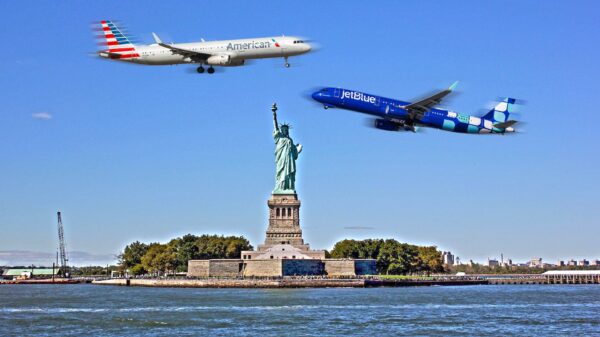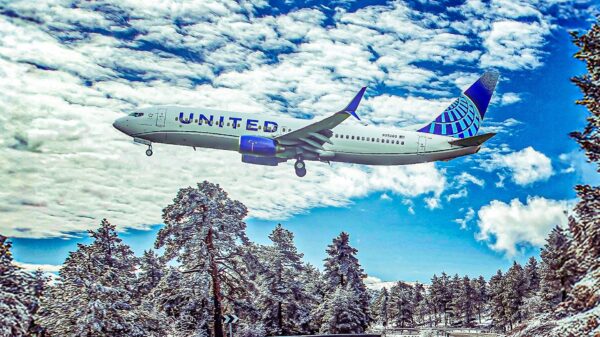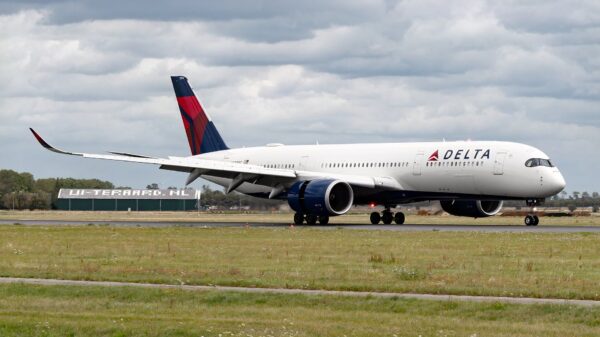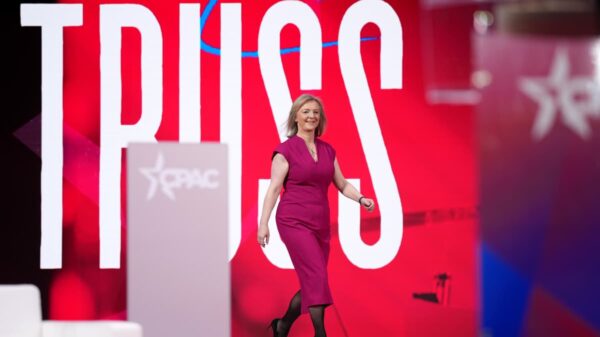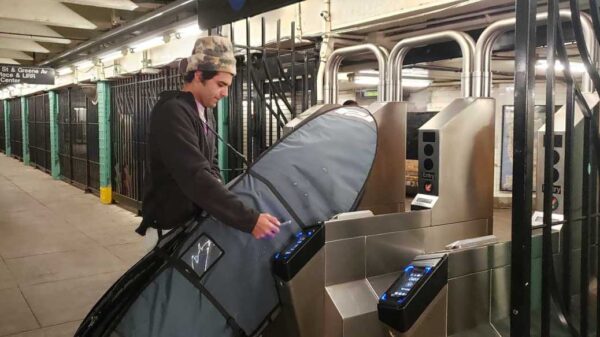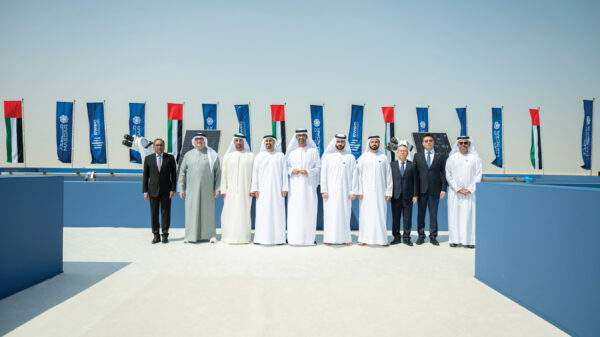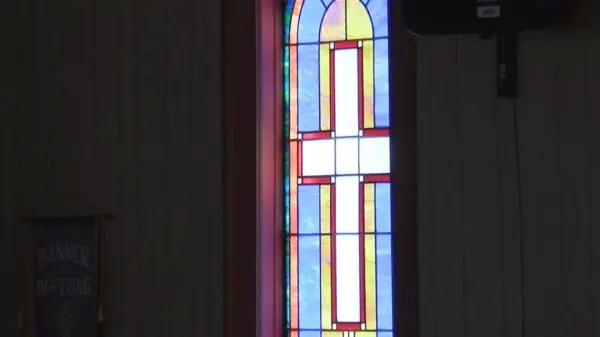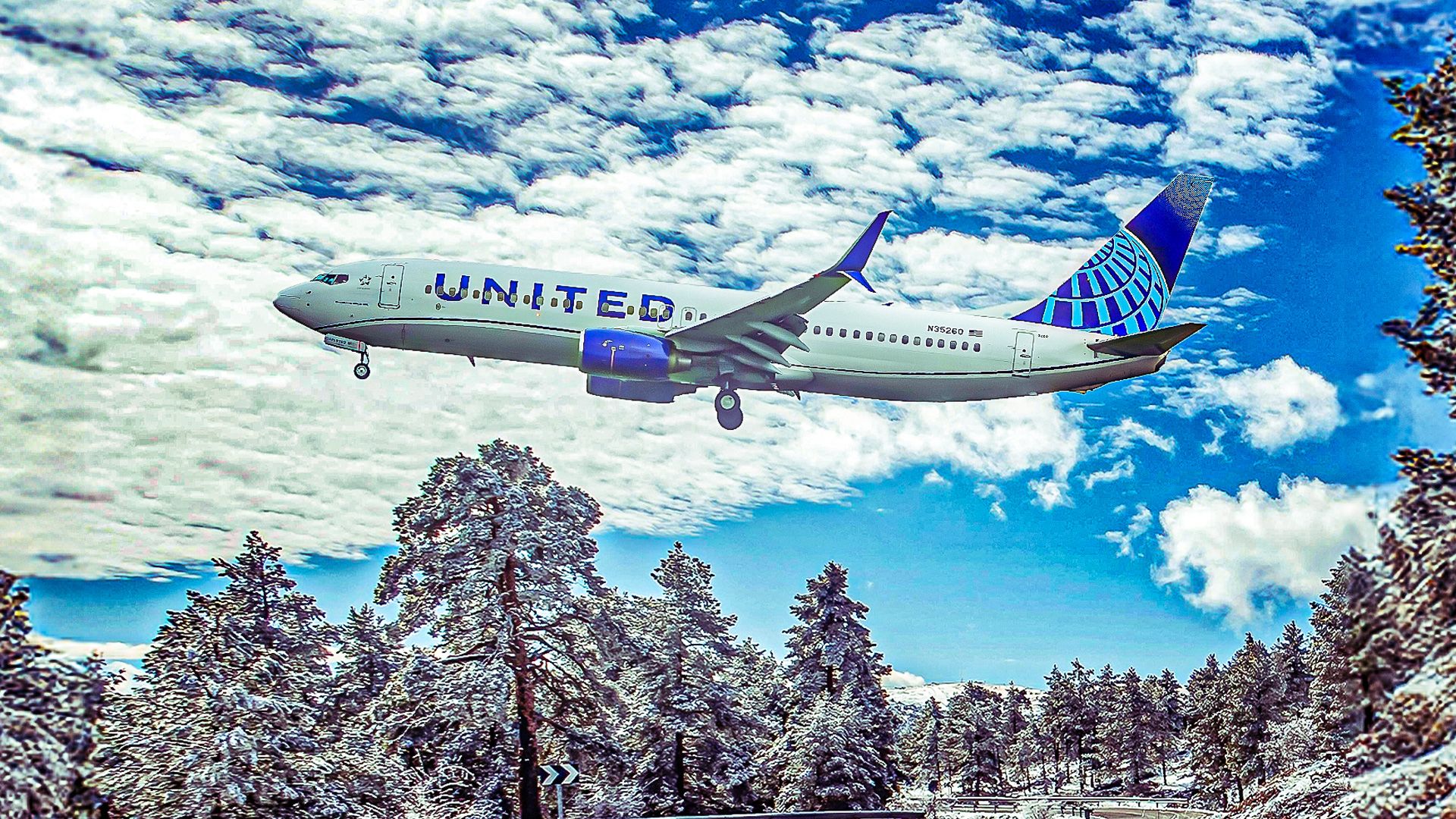United Airlines and Neste have expanded their partnership, introducing sustainable aviation fuel (SAF) to three additional airports during the summer of 2025. The airports are Houston George Bush Intercontinental Airport (IAH), Newark Liberty International Airport (EWR), and Washington Dulles International Airport (IAD). This initiative marks the first time any airline has operated flights using SAF at these hubs.
This expansion builds on the successful SAF operations already established at Chicago O’Hare International Airport (ORD) and San Francisco International Airport (SFO), where Neste has been supplying United since August 2024. The contract for SAF at IAH is set to last until the end of this month, while EWR and IAD are scheduled for SAF flights through next year.
Leading the Way in Sustainable Aviation
United Airlines has emerged as a leader in the SAF sector in the United States. The airline consumed 4,300 metric tons (approximately 13 million gallons) of SAF last year, a notable achievement considering that only two major hubs were utilizing this alternative fuel at that time. The aviation industry accounts for 2-3% of global greenhouse gas emissions, and initiatives like these are crucial in efforts to reduce that impact. According to the World Economic Forum, the industry uses about 4.3 billion gallons of fuel annually.
Lauren Riley, Chief Sustainability Officer at United Airlines, emphasized the importance of government support in the growth of the SAF market. In a press release from Neste, she stated, “United remains the leading SAF user in the US… we recognize that the growth of the SAF market requires support from both state and federal governments.”
Neste’s MY Sustainable Aviation Fuel is made from 100% renewable raw materials, including used cooking oil and animal fat waste. It is blended with conventional jet fuel and is certified for use at a ratio of up to 50%. When used unblended, this alternative jet fuel can reduce carbon emissions by as much as 80%. Despite the environmental benefits, SAF is significantly more expensive than traditional jet fuel, costing between two to five times as much, underscoring the necessity for government incentives to foster broader adoption.
Future Prospects and Industry Collaboration
United Airlines has been vocal about its commitment to achieving 100% emissions reduction by 2050. The airline prioritizes the use of SAF over purchasing emissions credits, asserting that there is considerable appetite in the industry for sustainable options if they become widely available.
The partnership between United and Neste reflects a broader strategy to increase SAF supply and reduce costs through collaborative development. Neste’s global production capacity for SAF is currently 1.5 million tons (approximately 515 million gallons2.2 million tons (around 750 million gallons) by the end of 2027.
As the airline industry faces challenges in increasing the availability of sustainable fuels, initiatives like this partnership are vital. United aims to enhance the visibility of SAF’s benefits, advocating for faster mass production and broader usage across the industry. The collaboration not only supports United’s sustainability goals but also contributes to a cleaner aviation sector, which is increasingly important as global awareness of environmental issues grows.






